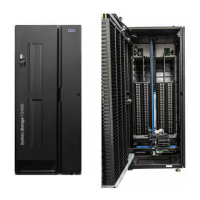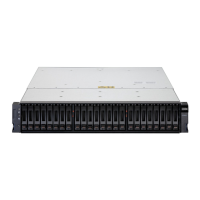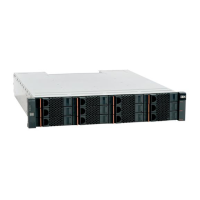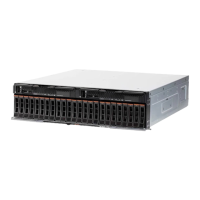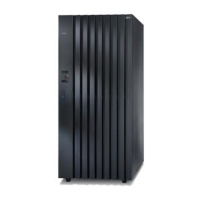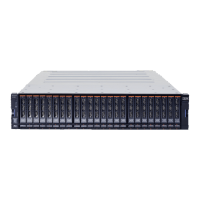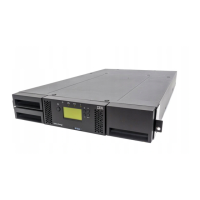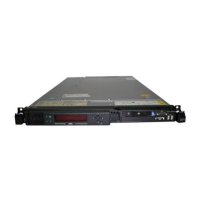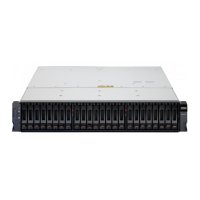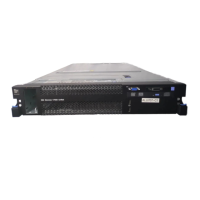Chapter 3: Switch Management 37
IPv6 Prefix is ................... fe80::210:18ff:fe82:1994/64
Configured IPv4 Protocol.......... DHCP
Configured IPv6 Protocol.......... DHCP
DHCPv6 Client DUID............... 00:03:00:06:00:10:18:82:19:93
IPv6 AutoConfig Mode.............. Disabled
Burned In MAC Address............. 00:10:18:82:19:94
3. If the default configuration has been changed and the DHCP or BootP client
has been disabled, use the following procedures to enable the DHCP,
BOOTP, or DHCPv6 client on the switch:
v To enable DHCP, enter the following command from Privileged EXEC
mode:
serviceport protocol dhcp
If the command is not available, make sure you are in Privileged EXEC
mode. In Privileged EXEC mode, the switch hostname is in parentheses
followed by a pound symbol, for example (
switch)#
.
v To enable BootP, enter the following command from Privileged EXEC
mode:
serviceport protocol bootp
v To enable the DHCPv6 client on the switch, enter the following
command:
serviceport ipv6 address dhcp
4. Optionally, save the current configuration so that all changes are retained
during a switch reset:
write memory
Configuring static
network information
on the remote
management port
Use the following procedures to manually configure a static IPv4 address, subnet
mask, and default gateway on the remote management port. For information
about configuring static information so that the switch can be managed over the
production network, see
“Configuring static network information for in-band
management” on page 40.
1. Access the switch CLI by using the console port and enter Privileged EXEC
mode as described in
“Connecting to the CLI by using the console port” on
page 35.
2. To disable the DHCP client on the port, enter:
serviceport protocol none

